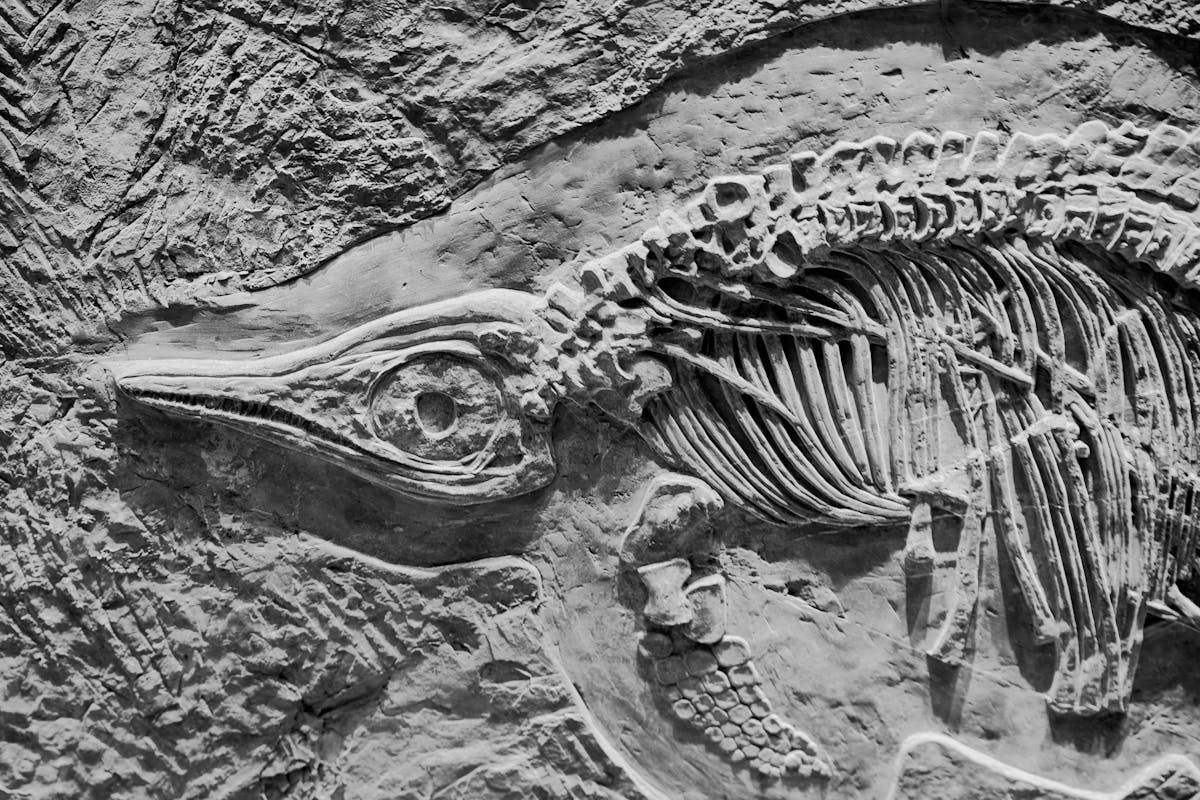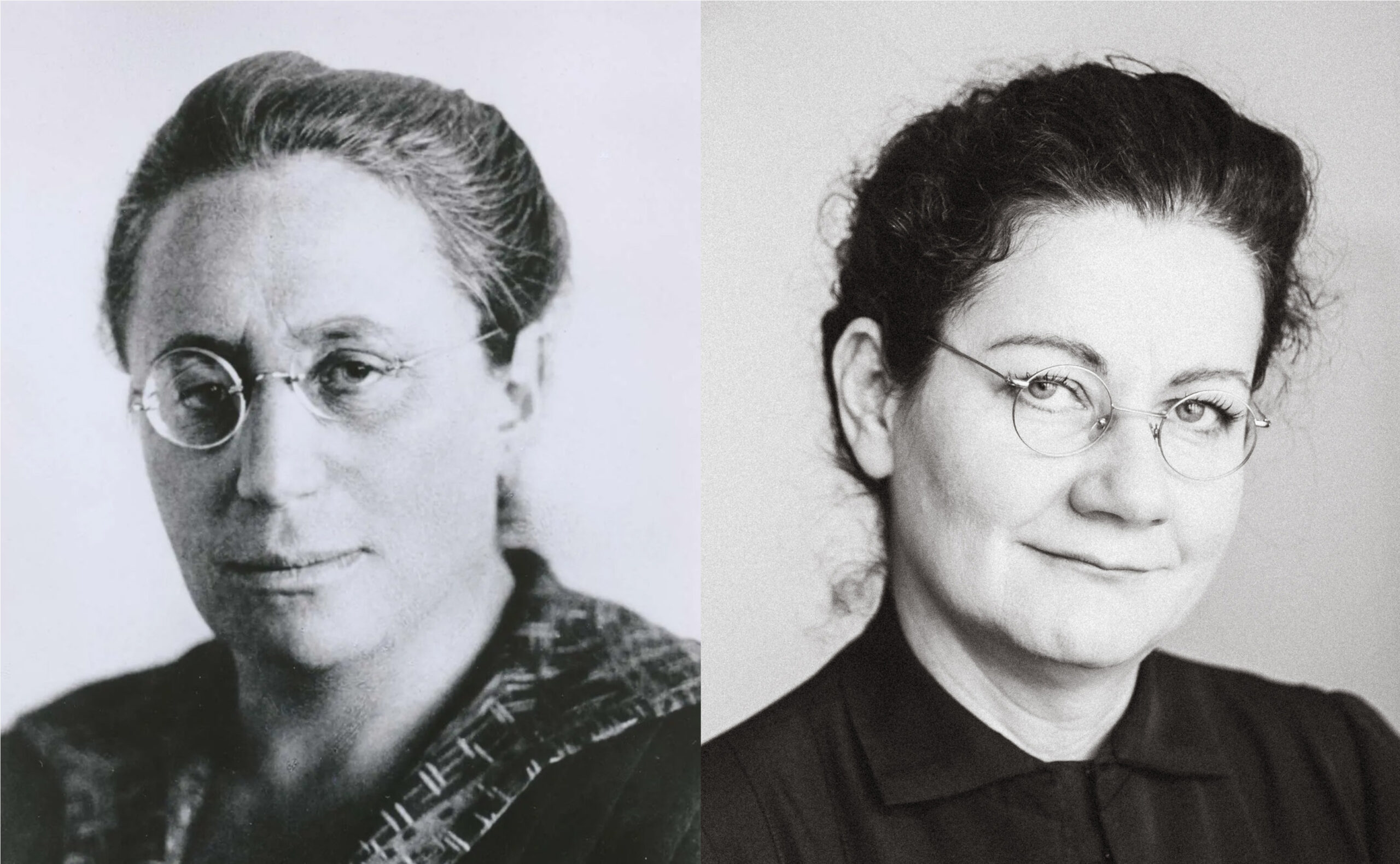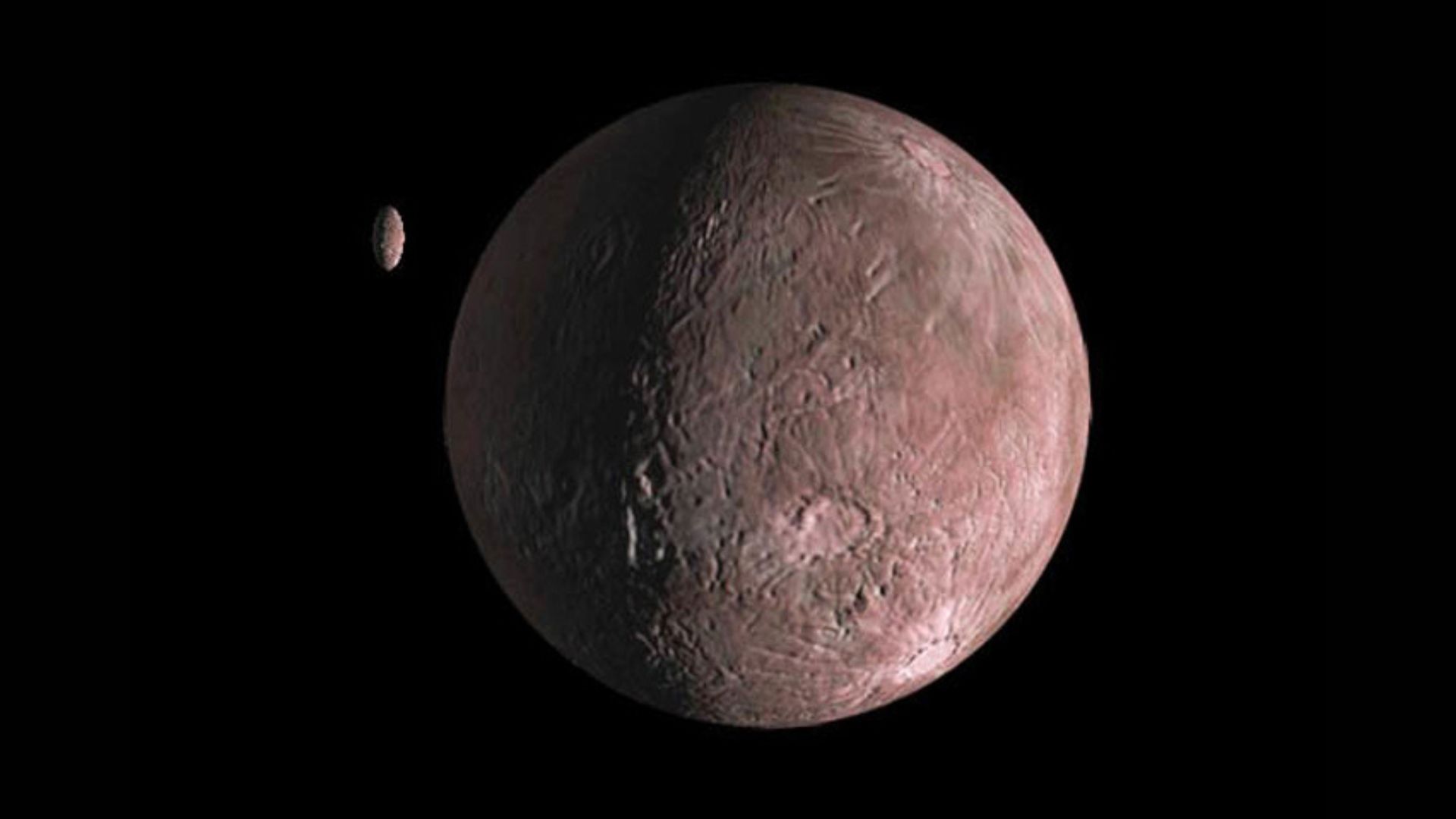Stephen Jay Gould stands as one of the most influential figures in modern evolutionary biology. Renowned for his unique approaches and prolific writing, Gould did more than popularize science; he revolutionized critical paradigms in evolutionary thought. His work traversed from academic theory and technical contribution to accessible public education, earning him an indelible spot among twentieth-century scientific pioneers.
Challenging Darwinian Orthodoxy: Punctuated Equilibrium
One of Gould’s fundamental contributions to evolutionary biology is the idea of punctuated equilibrium, which he developed alongside Niles Eldredge in 1972. During that period, the dominant theory—commonly referred to as phyletic gradualism—proposed that species evolved progressively and consistently over extended periods. According to traditional Darwinism, fossils should demonstrate gradual changes in anatomical traits from one generation to the next.
Instead, upon meticulous examination of the fossil record, Gould and Eldredge observed something quite different: species tended to remain morphologically stable—what they termed stasis—for millions of years, interrupted by relatively brief intervals of rapid change leading to the emergence of new species. This “punctuated” pattern better explained the notable gaps between fossil forms and challenged the assumption that slow, unbroken transformation was the norm.
Far from being a mere tweak, the theory of punctuated equilibrium forced biologists to reconsider mechanisms and tempos of evolution. It reignited debates about the power of selection versus other evolutionary forces and drew attention to issues of sampling bias and fossil preservation.
Expanding Evolutionary Mechanisms: Exaptation and Constraints
Gould’s impact reached beyond equilibrium patterns. Alongside Elisabeth Vrba, he introduced the concept of exaptation. This term highlighted the idea that structures or behaviors might evolve for one function and later be co-opted for a different use. For example, feathers may have originally evolved for insulation or display before being used in flight. This insight broadened the perspective on adaptive evolution, emphasizing historical contingency and the complex origins of biological traits.
Another subject of Gould’s scrutiny lay in the concept of biological constraints. Along with Richard Lewontin, he published the influential paper “The Spandrels of San Marco and the Panglossian Paradigm”, which critiqued the rampant adaptationism in evolutionary biology. They argued that not every trait is a direct product of natural selection; rather, some characteristics may be byproducts of selection on other features or may result from architectural and developmental constraints. The metaphor of “spandrels” compared these traits to architectural features that arise incidentally.
This critique sparked intense debate, pushing evolutionary theory into more nuanced discussions concerning genetic, developmental, and structural limits on the range of possible evolutionary outcomes.
Development of Hierarchies and Selection of Species
Gould also redefined evolutionary theory by promoting the idea of hierarchical selection. Traditional neo-Darwinian theory emphasized selection occurring on the level of genes or individuals. Gould argued that selection can also act at higher organizational levels, such as species or clades. This approach, sometimes called species selection, suggested that macroevolutionary patterns, such as rapid diversification or extinction, could not be fully explained by processes operating at the genetic or organismal scale alone.
His work The Structure of Evolutionary Theory brought together these concepts, offering a perspective of evolution functioning on several interconnected layers—genes, organisms, demes, species—and emphasizing the relationship between microevolutionary processes and macroevolutionary trends.
Advocacy for Science Communication and Historical Context
Gould’s ability to convey scientific ideas was unparalleled. Through works like Ever Since Darwin and The Panda’s Thumb, he simplified intricate topics for general readers. He addressed themes like vast time scales and the unpredictability of evolution, and he became well-known for his role in court cases that protected educational standards from religious interference.
Gould was additionally an expert in the history of science, integrating perspectives from paleontology, biology, and architecture to shed light on the philosophical foundations and consequences of modern scientific perspectives. His works highlighted the significance of historical contingency—the notion that random occurrences and distinct historical paths influence evolutionary results, posing a challenge to deterministic interpretations.
Steering the Course of Contemporary Evolutionary Biology
Few scientists have so fundamentally altered their field while communicating its essence to the broader public. Stephen Jay Gould’s work unsettled intellectual complacency, introducing necessary debate and diversity of thought into evolutionary biology. His theories continue to inspire empirical research, from studies of fossil patterns and developmental constraints to evolutionary innovation. Gould’s relentless curiosity and interdisciplinary approach affirmed that the history and direction of life on Earth is as complex, dynamic, and surprising as the scientific process itself.




